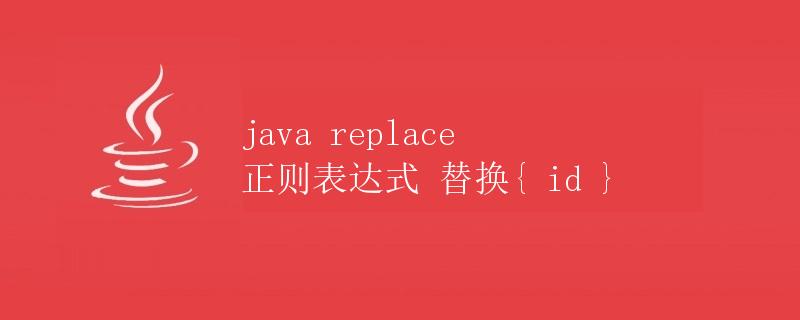Java中使用正则表达式替换字符串中的内容

在Java编程中,经常需要对字符串进行替换操作。一种常见的需求是使用正则表达式来指定需要替换的内容。本文将详细介绍在Java中如何使用正则表达式来替换字符串中的内容。
使用replaceAll方法
在Java中,可以使用String类提供的replaceAll方法来进行字符串替换操作。该方法接受两个参数,第一个参数是正则表达式,用于指定需要替换的内容,第二个参数是替换后的内容。下面是一个简单的示例代码:
public class Main {
public static void main(String[] args) {
String text = "Hello, { name }! How are you, { name }?";
String replacedText = text.replaceAll("\\{\\s*name\\s*\\}", "Alice");
System.out.println(replacedText);
}
}
运行上面的代码,输出为:
Hello, Alice! How are you, Alice?
在上面的示例中,我们使用replaceAll方法将字符串中的”{ name }”替换为”Alice”。需要注意的是,在正则表达式中使用了\s*来匹配零个或多个空格字符,这样可以更灵活地处理被替换内容前后可能存在的空格。
使用Matcher和Pattern类
除了使用String的replaceAll方法,还可以使用Matcher和Pattern类来完成字符串的替换操作。这种方法相对灵活,适用于更复杂的替换需求。下面是一个示例代码:
import java.util.regex.Matcher;
import java.util.regex.Pattern;
public class Main {
public static void main(String[] args) {
String text = "Hello, { name }! How are you, { name }?";
Pattern pattern = Pattern.compile("\\{\\s*name\\s*\\}");
Matcher matcher = pattern.matcher(text);
StringBuffer sb = new StringBuffer();
while (matcher.find()) {
matcher.appendReplacement(sb, "Alice");
}
matcher.appendTail(sb);
System.out.println(sb.toString());
}
}
上面的代码使用了Pattern和Matcher类,通过正则表达式 “\{\sname\s\}” 匹配到字符串中的”{ name }”,然后使用Matcher的appendReplacement方法将匹配到的内容替换为”Alice”,最后调用appendTail方法将剩余的内容添加到结果中。
运行上面的代码,输出与之前的示例相同:
Hello, Alice! How are you, Alice?
总结
本文介绍了在Java中使用正则表达式来替换字符串中的内容。通过String的replaceAll方法或Matcher和Pattern类的配合,可以实现灵活和高效的替换操作。在实际开发中,根据具体需求选择合适的方法来完成字符串的替换操作,提高代码的可读性和维护性。
 极客教程
极客教程